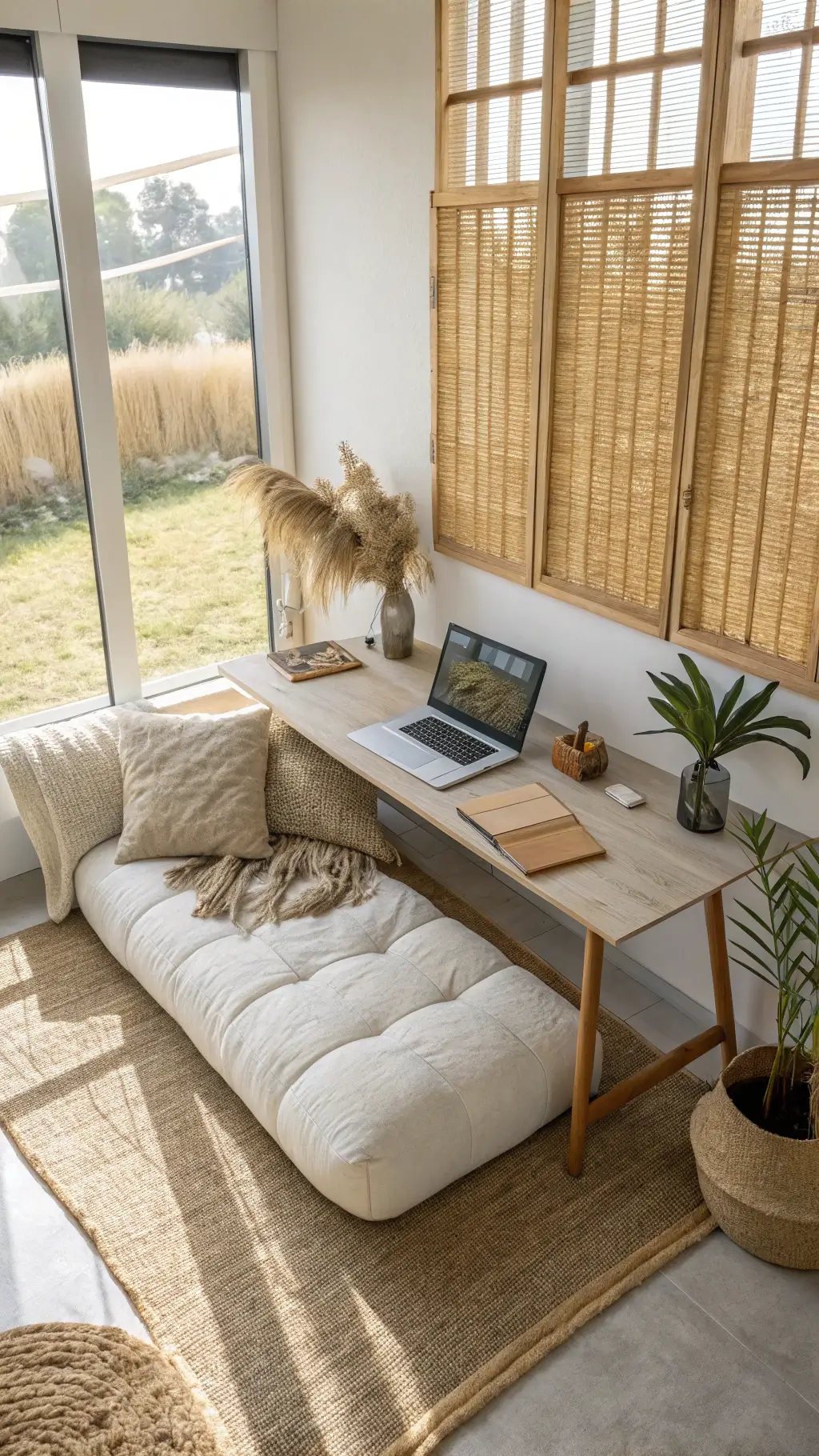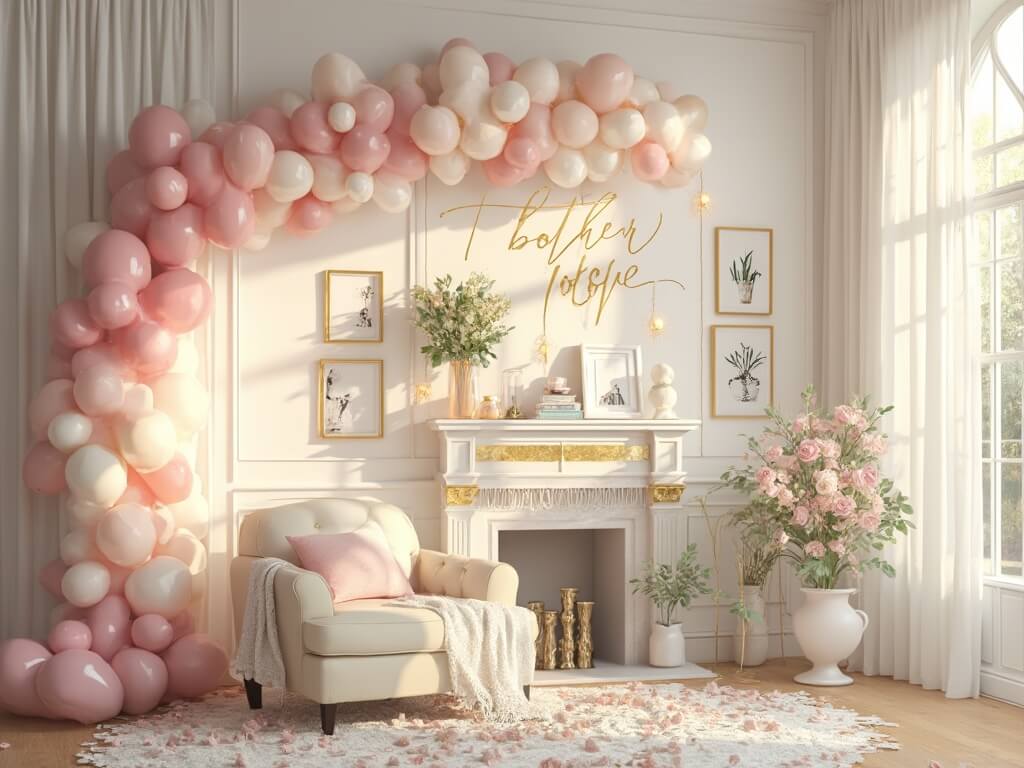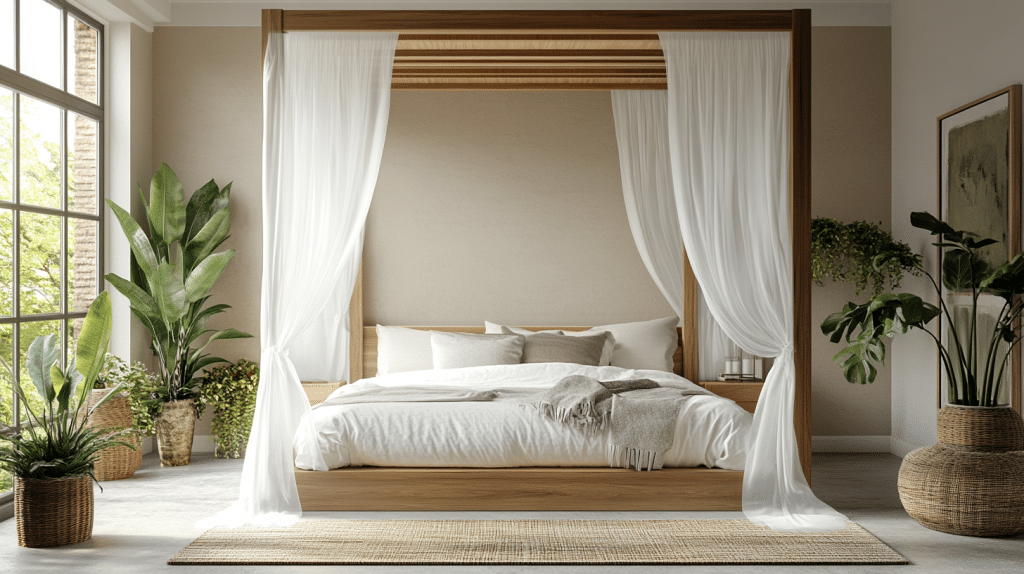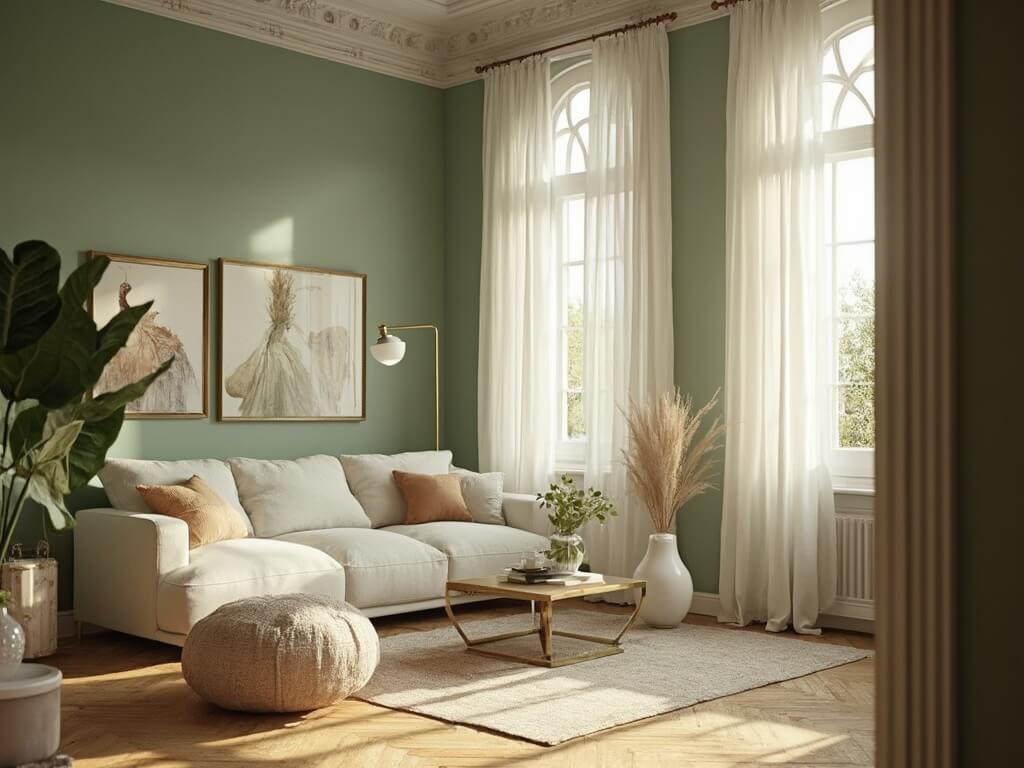What Exactly is a Wabi Sabi Sofa?
A wabi sabi sofa isn’t just furniture—it’s a philosophy wrapped in fabric and form.
Key Characteristics:
- Celebrates natural imperfections
- Minimalist design
- Soft, neutral color palette
- Emphasizes texture over perfection
- Creates a sense of calm and tranquility
Design Philosophy: Less is Profoundly More
Wabi sabi design whispers instead of shouting. It’s about:
- Embracing asymmetry
- Appreciating handcrafted details
- Choosing materials that age gracefully
- Creating space that feels authentically lived-in
Materials That Matter
Top Fabric Choices:
- Linen
- Cotton blends
- Chenille
- Natural textured weaves
Frame Options:
- Untreated wood
- Matte metal finishes
- Frames showing subtle wear
Styling Your Wabi Sabi Sofa: Pro Tips
Color Palette
- Stick to earthy neutrals
- Beige
- Sand
- Soft grays
- Ivory tones
Texture Layering
- Mix different fabric weights
- Add hand-knitted throws
- Include organic cushions
- Use natural fiber accessories
Where Wabi Sabi Sofas Shine
Perfect Spaces:
- Minimalist apartments
- Zen-inspired living rooms
- Reading nooks
- Home offices
- Studio spaces
Top Brands to Explore
- GVA Wood
- Straight four-seater designs
- Linen-chenille blends
- Compact apartment friendly
- SOKA Home
- Modular “Tender” sofas
- Deep, cloud-like seating
- Highly adaptable configurations
- Sutherland Furniture
- Premium wabi sabi collections
- Aluminum-framed options
- High-end sustainable materials
Budget Considerations
Price Range:
- Entry-level: $800 – $1,500
- Mid-range: $1,500 – $3,000
- Luxury: $3,000 – $7,000
Maintenance & Care
Quick Tips:
- Avoid harsh chemical cleaners
- Use gentle, natural fabric care products
- Embrace minor wear as part of the sofa’s story
- Spot clean with mild soap
- Allow natural aging of materials
Final Thoughts
A wabi sabi sofa is more than furniture. It’s a statement about finding beauty in simplicity, imperfection, and genuine living.
Your space doesn’t need to be perfect—it needs to be perfectly you.















